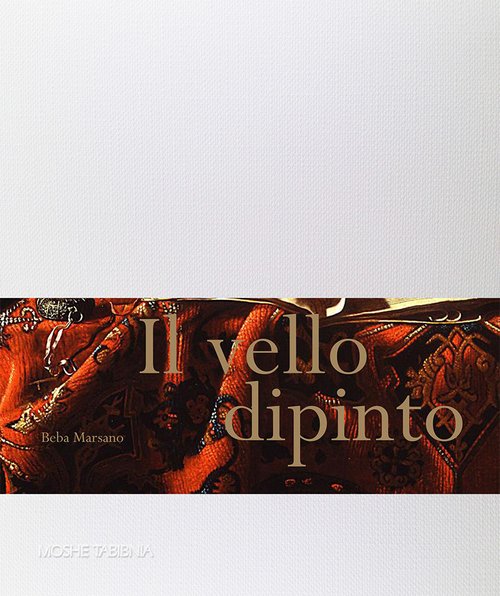0 items in cart
Il vello dipinto. Tappeti in pittura
Moshe Tabibnia 2016
370 pages; 30 x 25 cm; 101 paintings (with technical sheet); 11 carpets (with technical sheet); color illustrations; language: Italian
85,00 €
85,00 €Texts by Beba Marsano, with an essay by Monique di Prima and in-depth studies on carpets by Tiziana Marchesi.
The volume describes the "carpet as a symbol" and analyzes the role it has played over the centuries from the Middle Age to the contemporary, observing it through its representations in painting. If in fact in ancient painting it symbolizes the "sacred enclosure" in which the sacred representation takes place, placed under the feet of the Saints and the Virgin Mary, in modern times it symbolizes, for example, "the theater" when, lying on the ground, it creates a stage that delimits a profane representation marking the boundaries of the magic of the scene. And so, from symbol to symbol, in the history of painting the carpet reveals itself as a "sacred ground", rich in multiple meanings: a symbol of "vanitas" in the still lifes of the seventeenth century but also an emblem of "temporal power" when king and emperors chose, and not by chance, to be portrayed standing on sumptuous specimens.
Through the 101 paintings commented, the author identifies the major symbolic connotations covered by the carpet in the history of art and reveals them, arousing curiosity and amazement. To complete this rich analysis, a section dedicated to carpets introduces the specific theme and 11 in-depth sheets show and describe the carpets illustrated in 11 selected paintings, leading the reader to the knowledge of the antique carpet and providing the tools to approach this art form. charming and hermetic.
Suolo sacro. Tappeti in pittura, XV – XIX secolo
MOSHE TABIBNIA GALLERY
Leafing through the pages of a book of European art history, it is impossible not to notice the presence of carpets in so many images depicting religious scenes and daily life. In paintings dating from the Middle Ages onwards, we can see carpets laid onto the ground, at the feet of the Virgin Mary and the saints. Carpets laid on tables, with food and objects of symbolic significance upon them, were also depicted in order to set the representation of the sacred in a special position. What all these paintings have in common is that they bear witness to the notion of carpets as a place of excellence: carpets work as a sacred ground, as something exclusive and solemn. That is the message conveyed by "Suolo sacro. Tappeti in pittura, XV – XIX secolo" at Gallery Moshe Tabibnia.

